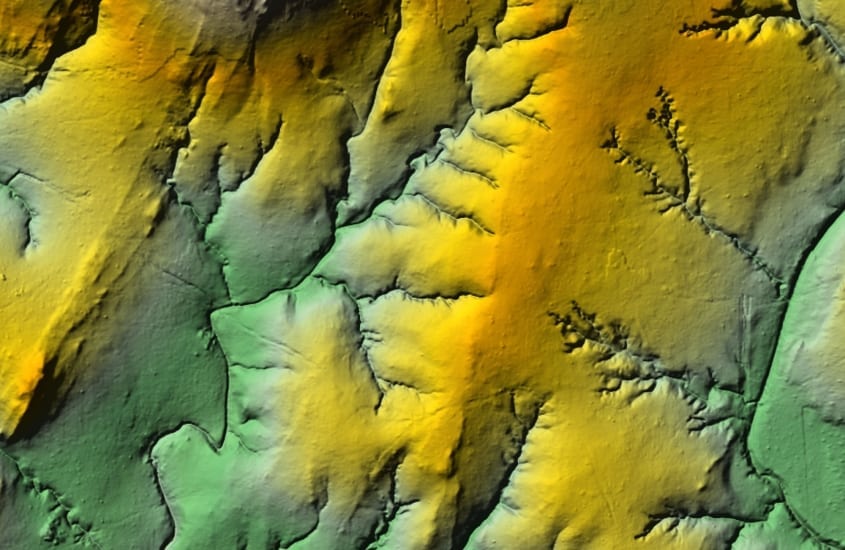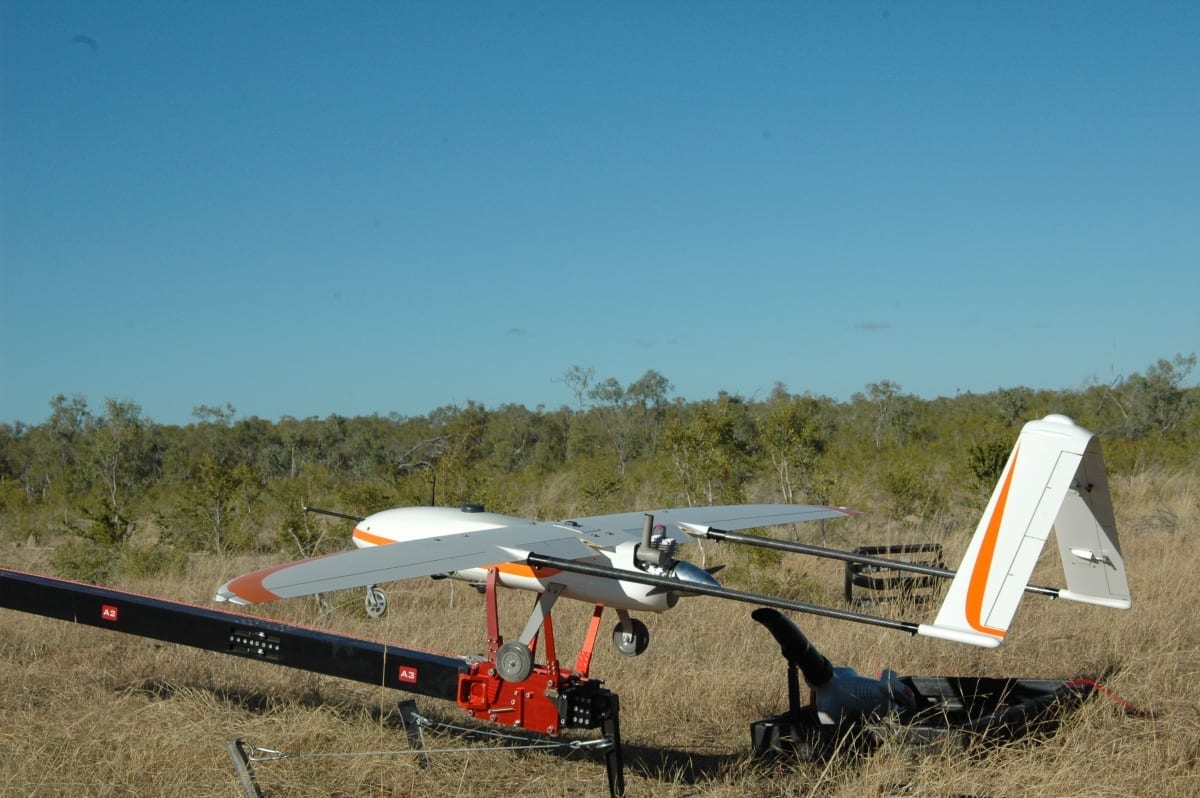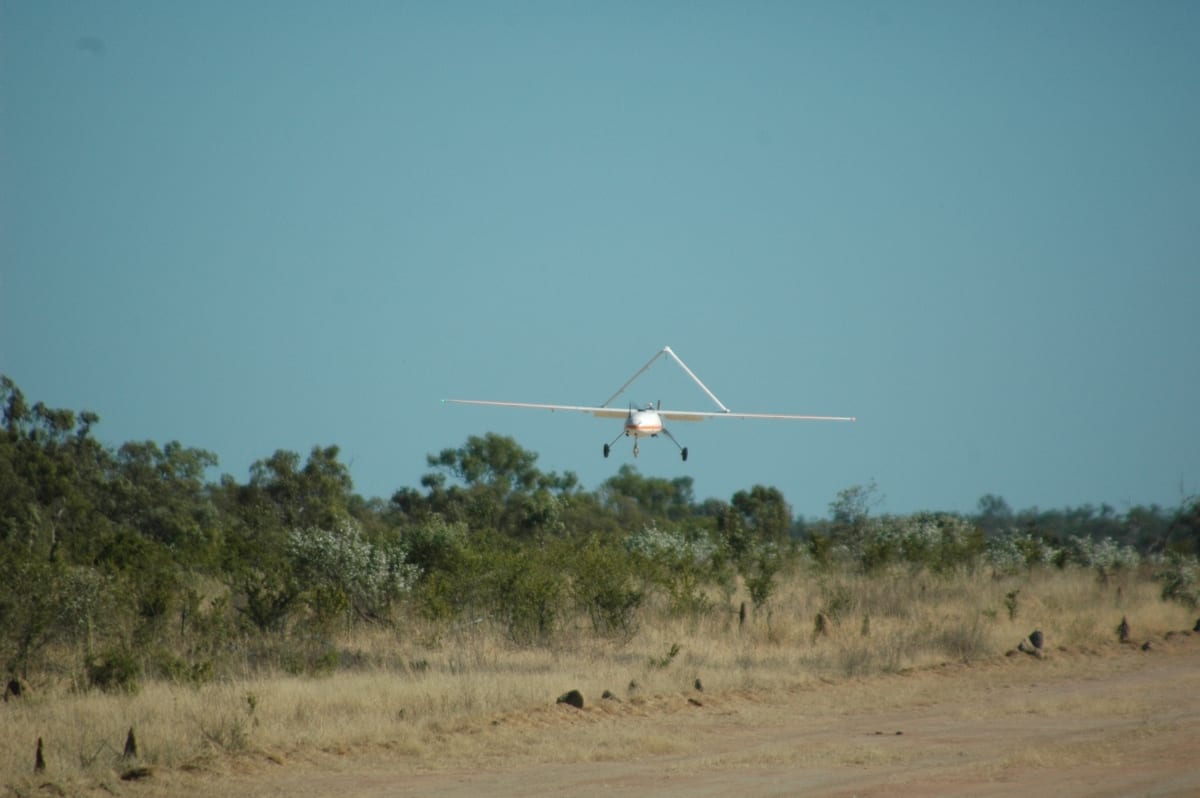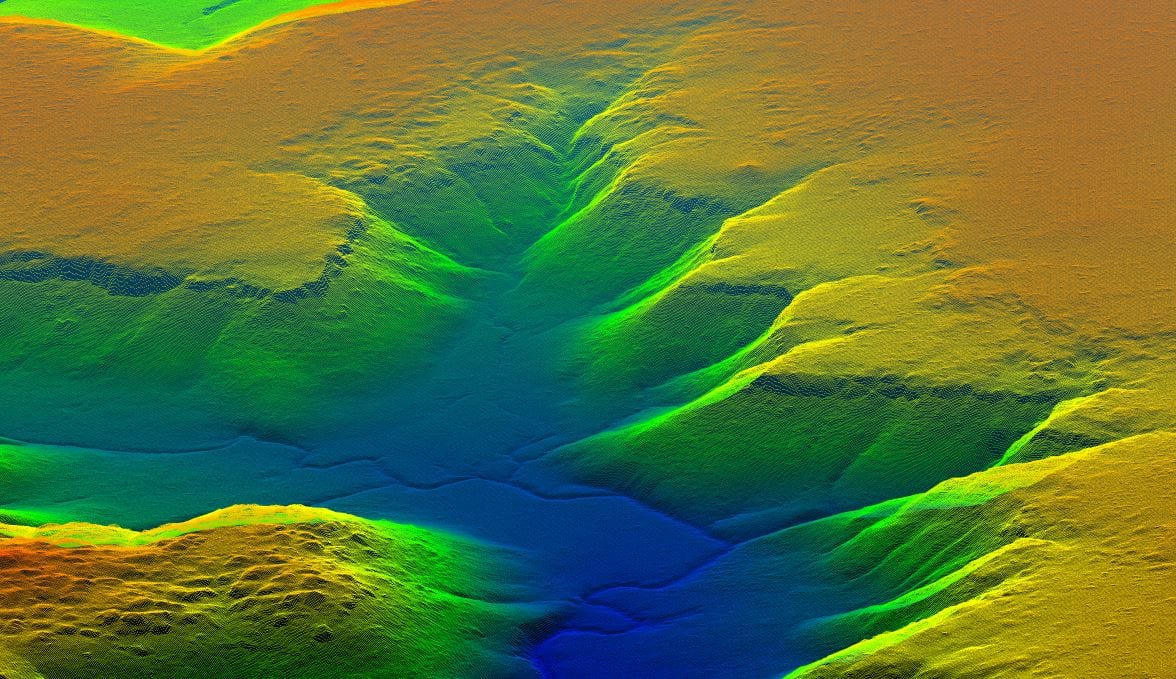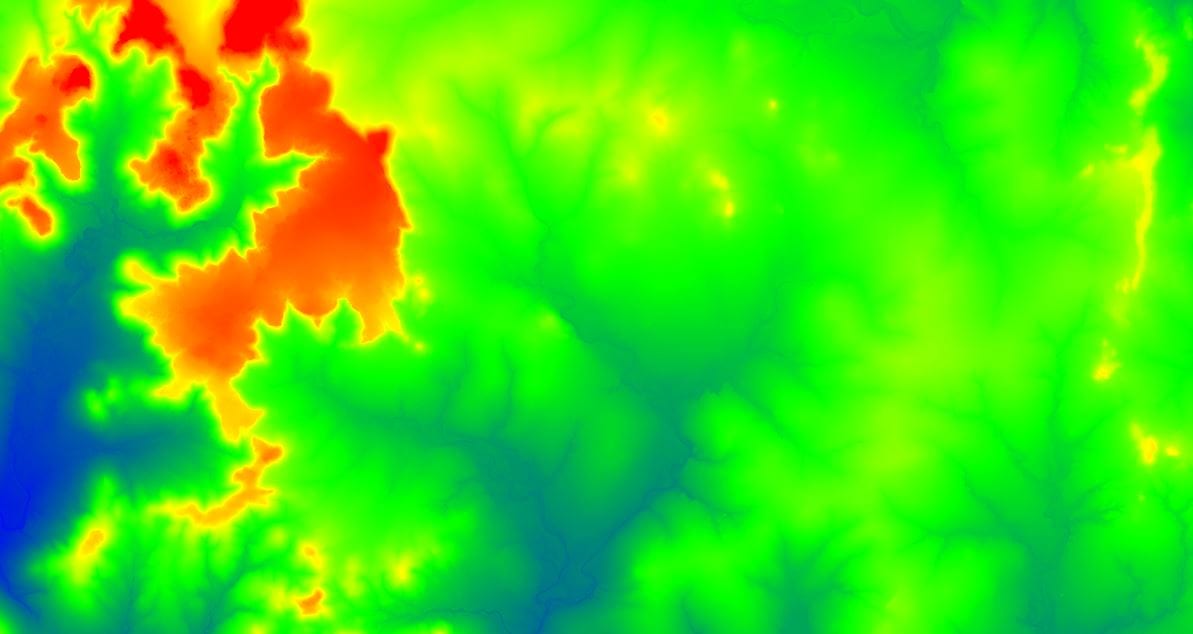Discovering true value in data – an exploration breakthrough
Insitu Pacific’s fixed wing CT-220 Remotely Piloted Aerial System recently took to the sunny Far North Queensland skies – on a mission to capture spatial data over Gold, Silver and Copper exploration areas for IsMins Pty Ltd.
IsMins Pty Ltd is a private exploration company with multiple tenements throughout Australia, and appointed Insitu Pacific to collect accurate, highly detailed imagery and rich point density LiDAR data products to support their exploration of several specific tenements.
The CT-220 beyond visual line of sight aircraft is an Insitu Pacific engineered platform, built for precision aerial survey and mapping tasks. The payloads used for this activity included the 100MP High Accuracy Photogrammetry Payload and the Riegl VUX 1 LR LiDAR sensor. Both of these payloads are interoperable with the Insitu Pacific developed Storage, Navigation and Processing (SNaP) module which provides some of the highest absolute accuracy georeferenced information in the BVLOS Group 2 RPAS space today.
The IsMins team tasked Insitu Pacific to collect data on geology and structures, to show patterns that can help in understanding the mineralisation of the area. As Lee Spencer, Managing Director and Geologist at IsMins said “Geology, geochemical and geophysical databases can then be overlaid on the (Insitu captured, LiDAR Derived) DTM which allows more accurate drill targeting. Any method that improves hit/miss ratio for drilling is readily embraced by explorationists. For us, LiDAR has been a significant breakthrough. Access can be planned more effectively resulting in cost efficiencies.”
Previously, data was collected from a range of sources, such as aerial photography, military published topography maps, and Google Earth; however, lack of detail and illustrated geological features meant that the precision detail needed by IsMins was not readily available.
Surveying using traditional manned survey aircraft is expensive, they are not always available to collect data in remote locations when required, and the accuracy of the products they can provide is limited by the altitude at which they fly. While smaller drones can be used, their limited range and flight duration and smaller, less capable sensors means that to cover an area beyond a few square kilometres requires multiple flights, and operators having to travel into remote and hazardous terrain.
On the ground, other past challenges included remote and rugged country where explorationists typically operate, across broad areas, and mountainous terrain. More traditional methods can involve a dozer pushing in tracks and teams mapping from the ground, which can be expensive, environmentally unsound and be a risk to human safety and error.
Insitu Pacific’s LiDAR means that search targets can be narrowed down, and geological features mapped with minimal ground impact – all delivered by a flexible, rapid, accurate and cost effective capture method that can cover large distances in excess of 100 square kilometres in a single flight. The ability to modify drone flight paths to accentuate particular topographical features for the customer can also deliver important information.
The ability to rapidly deploy to specific locations and leverage the long range of Insitu Pacific’s CT-220 BVLOS RPAS, paired with high capability sensors optimised for operations at 1500ft AGL, resulted in improved accuracy and density of elevation data, and accurate positioning and geological interpretation.
The data is providing IsMins with more tightly constrained geological models leading to better risk assessment for target drilling and increased potential for locating economic mineralization. IsMins Managing Director Lee Spencer concluded, “It’s all about discovery and cost. Any method that reduces field time and improves drill hole targeting improves discovery cost.”
